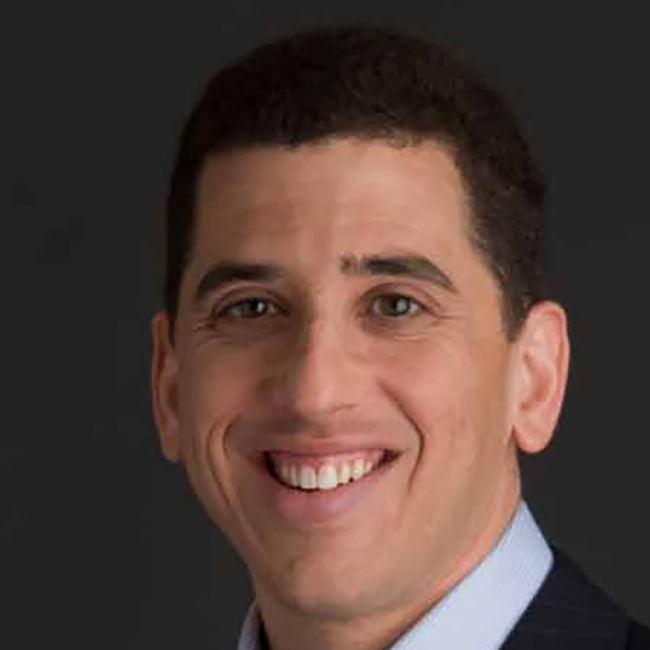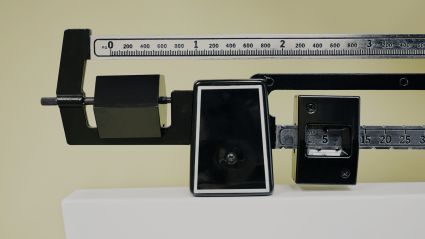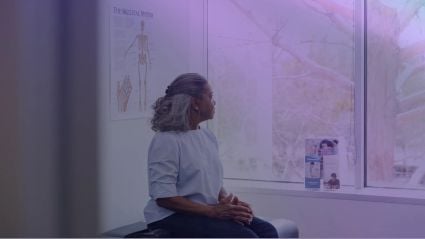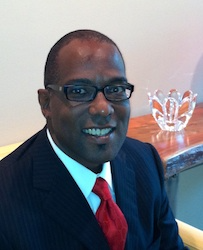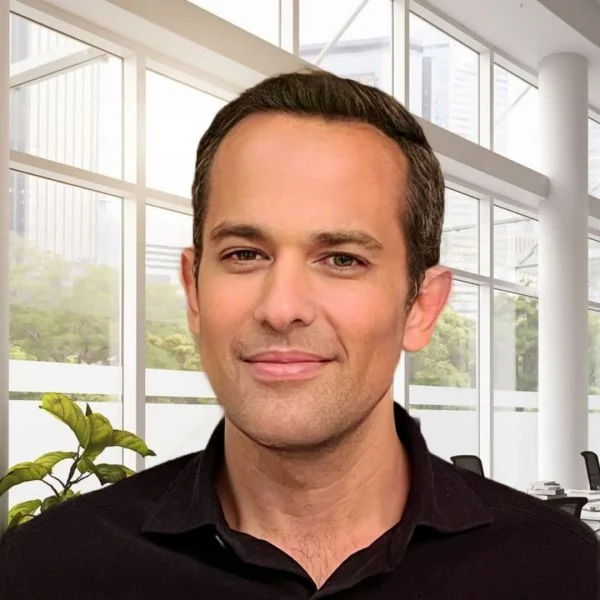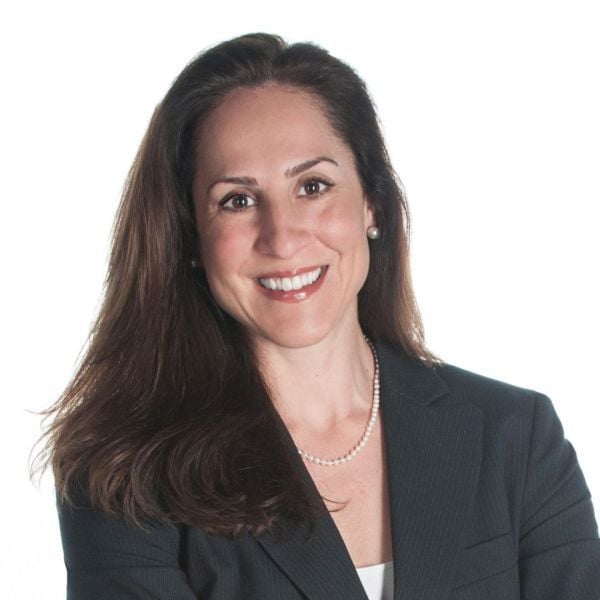
Since I was a little girl growing up on the island of Sardinia in Italy, my passion for people’s well-being has fueled a lifetime calling to health care. We, as physicians, have an unwaning commitment to guiding our patients through a health journey. Just like any other journey, there will be peaks, there will be valleys, and no one’s destination will be the same.
When I think of some of the “peaks,” I am inspired by the oncology philosophy of acting urgently, which, in turn, has shown to have a more positive influence on overall cancer mortality trends. This is thanks to a fierce dedication to screening and diagnosing early, embracing new data and novel therapies, and course correcting to the swiftest road to remission. Moreover, the Cancer Moonshot initiative has set an enriching goal to reduce the cancer death rate by at least 50 percent over the next 25 years, which will be a life-changing ambition for the community.
Now for the “valley”: US health-care spending has skyrocketed in recent decades, having poured over $4.1 trillion—more than double any other high-income country. Given financial investments and scientific advances, why is overall life expectancy trending downward in the US and notably diverging from comparable countries? It alarms me that, as of late, the US ranks lowest in life expectancy at birth among countries with a high GDP per capita. Additionally, the more significant drop in US life expectancy is driven in part by racial disparities in COVID-19 mortality, which will continue to impact these trends for years to come.
We have an immense opportunity to influence life expectancy trends when treating those living with chronic illnesses.
Where are these journeys being cut short, and how can we support health-care professionals and health systems to course correct for the benefit of the health, well-being, and lifespan of more patients?
From my view, we have an immense opportunity to influence life expectancy trends when treating those living with chronic illnesses and enabling clinical practice change at scale. In contrast to the positive oncology trajectory, many chronic, non-transmissible diseases have a poor prognosis, and the statistics are startling. Chronic kidney disease affects more than 800 million individuals worldwide (many of whom are unaware) and is one of the leading causes of mortality; patients with heart failure have a reported survival estimate of 50 percent at five years, which then dramatically decreases to 10 percent at ten years. Finally, chronic obstructive pulmonary disease was responsible for over 3 million deaths in 2019—double the amount of lung cancer deaths in the same year.
The common thread among all of these diseases: They are treatable. In fact, combating clinical inertia in chronic illnesses prevents hospital re-admissions and worsening of conditions, which threatens our life expectancy, increases the health-care spend, and harms the planet in ways that are somehow overlooked. For example, a single session of dialysis produces up to four pounds of waste and involves an incredibly high amount of water and electricity. Identifying and treating patients early not only extends a patient’s life but has an enormous carbon and financial impact.
I would be remiss not to emphasize the importance companions play in the success of a voyage. Research and innovation, together, have forged an incredible path forward for health care, but only if we all take on the responsibility of working together as a coalition: clinicians, health systems, payers, food manufacturers and distributors, policymakers, and pharmaceutical leaders, like me, who push the boundaries of science for our patients.
To paraphrase one of ancient Greece’s great travelers, Aristotle, the whole of one collation focused on early diagnosis and treatment of chronic diseases will have a far greater impact than the sum of our individual parts. May this be the groundwork we need for building a healthier, and lengthier, future for our people, society, and planet.


